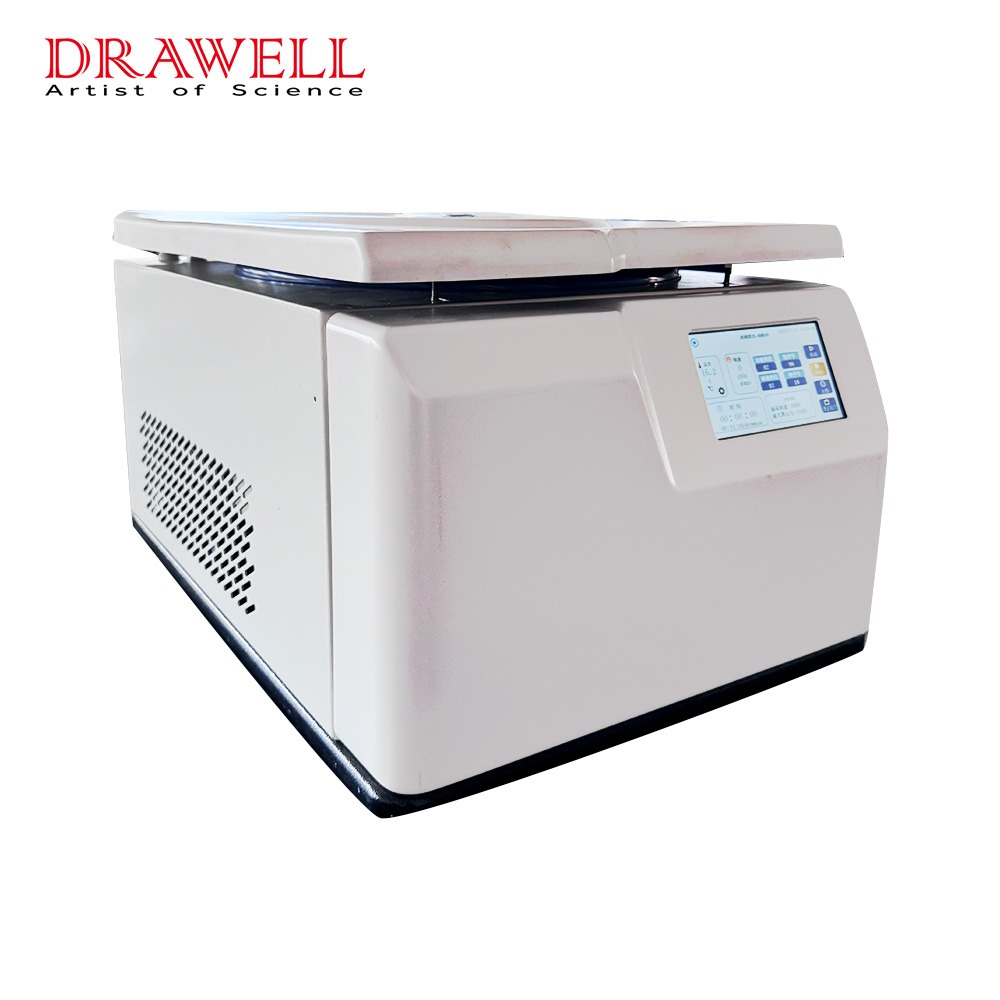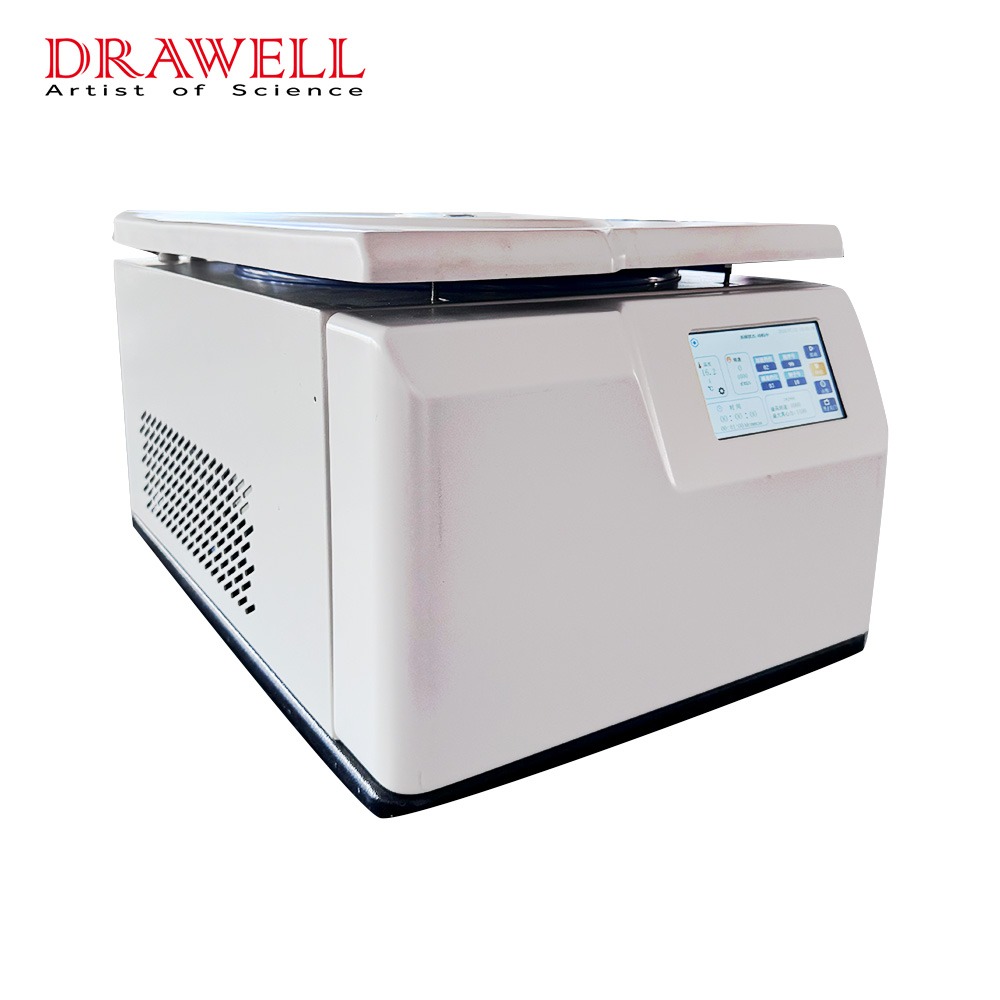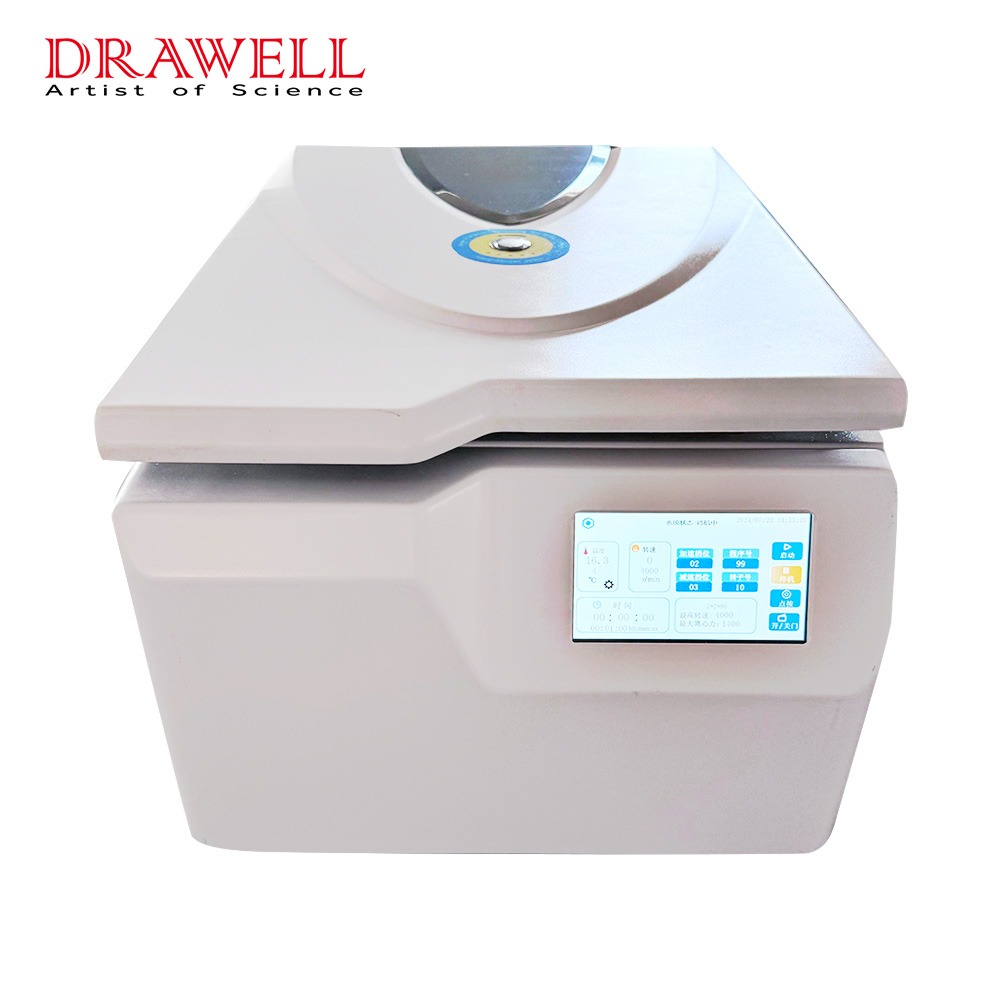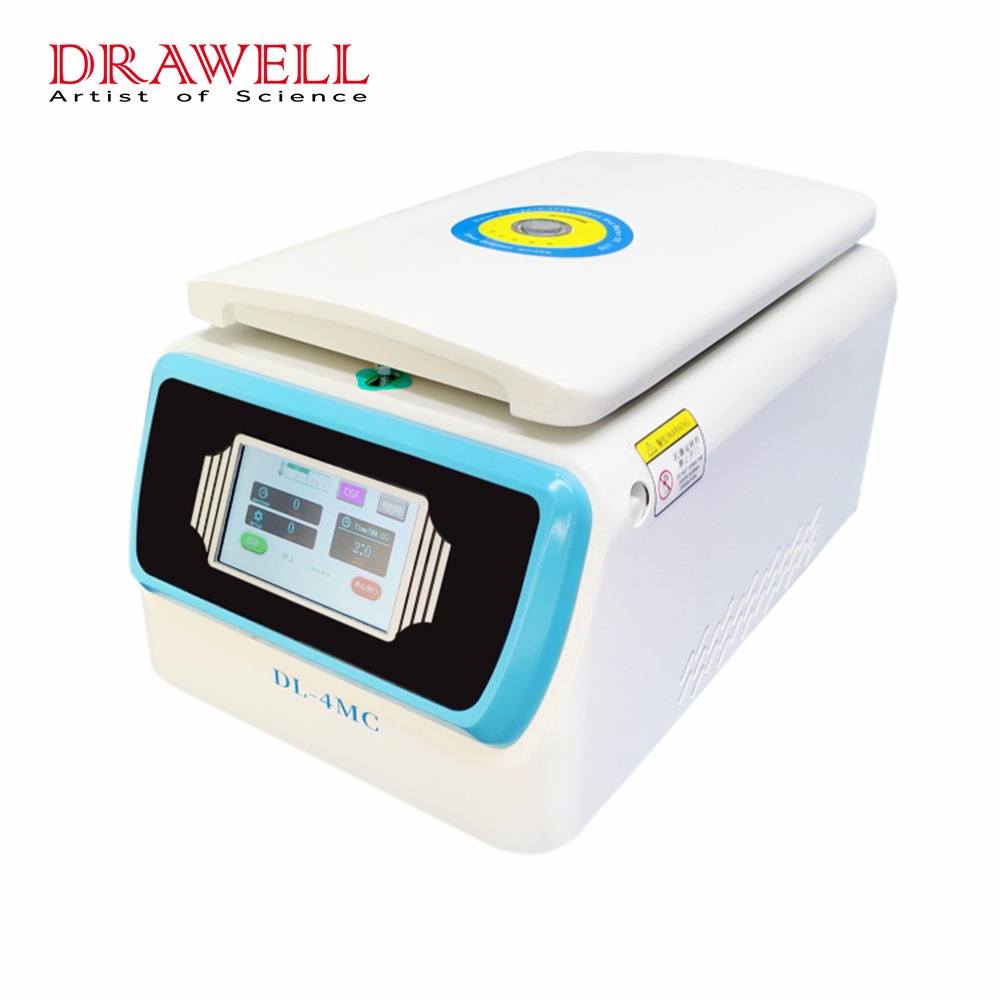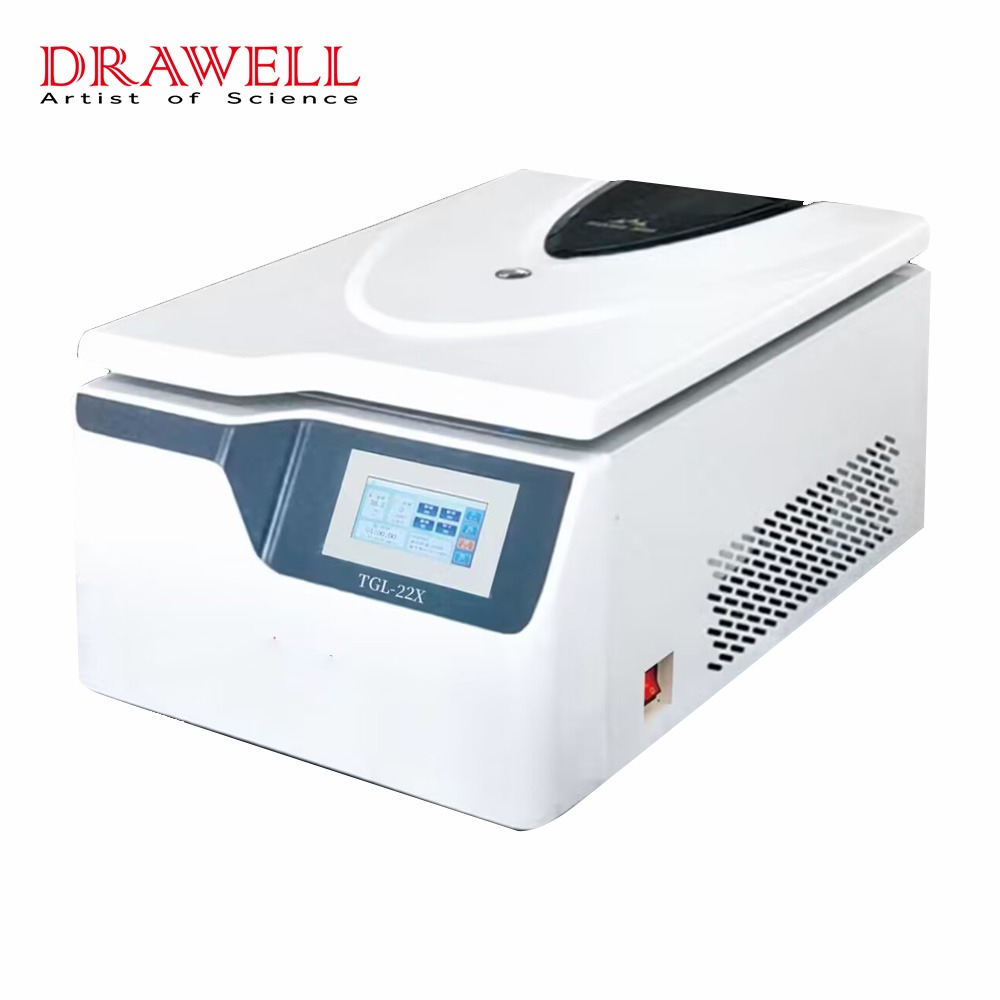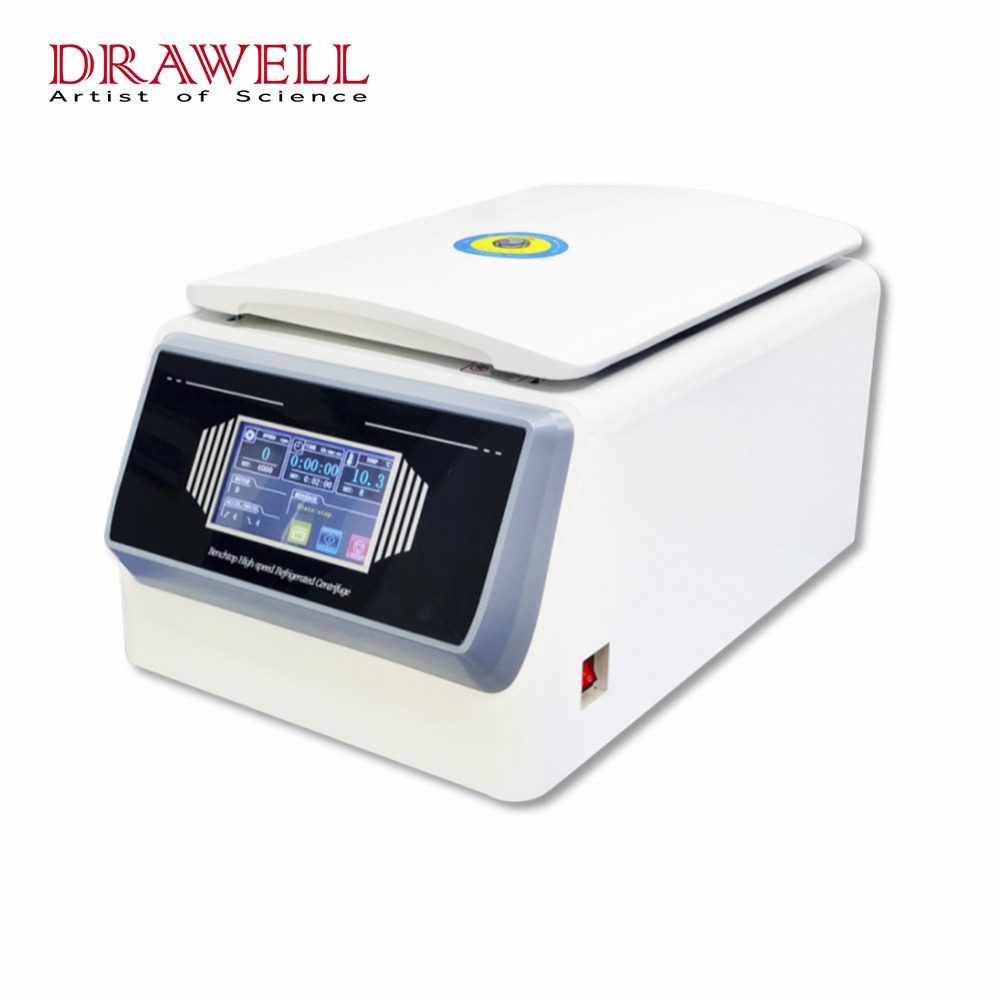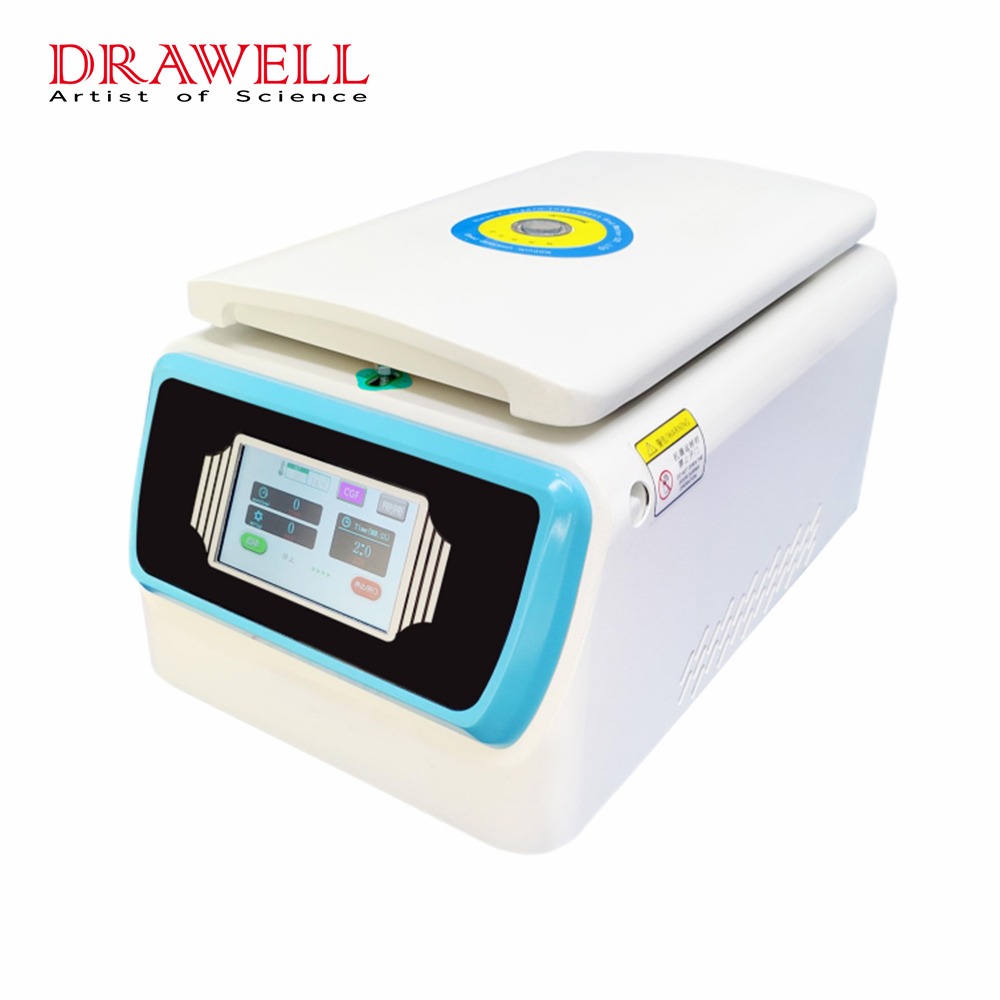The refrigerated centrifuge is a specialized device that uses centrifugal force to separate precipitated mixed liquids, including solids. Centrifuges commonly used in laboratories include high-speed and low-speed refrigerated centrifuges, benchtop high-speed refrigerated centrifuges, micro high-speed refrigerated centrifuges, and multipurpose refrigerated centrifuges. This article mainly introduces the reasons for the emergence of refrigerated centrifuges and the different types of benchtop high-speed refrigerated centrifuges and explains how to choose a benchtop refrigerated centrifuge.

Reasons for the emergence of refrigerated centrifuges
1. When the centrifuge is running at high speed, the rotor body and air generate heat due to friction, making the temperature of the body difficult to control. Excessive temperature will affect the life of the centrifuge’s internal components. The refrigerated centrifuge has a cooling system that can control the temperature to protect the machine components.
2. user’s experiment requirements must be equipped with a low-temperature control system, such as separation of some organic active substances: Enzymes, organic volatile substances, etc., must be kept at a constant temperature, or the temperature difference should not exceed plus or minus 10°C. It must be ensured that the experimental conditions meet the requirements of the experimental plan and ensure that the experiment runs smoothly.
Five types of benchtop high-speed refrigerated centrifuge
As for the benchtop high-speed refrigerated centrifuge, here are five types with similar functions.
1. Benchtop High-Speed Refrigerated centrifuge TGL-16M/MC
It has a microcomputer processor for precise control, digital display of parameters such as speed, temperature, time, key programming, and switching to display operating parameters and RCF values. TGL16 is equipped with a brushless DC motor, which is maintenance-free and provides high torque and fast lifting speed.
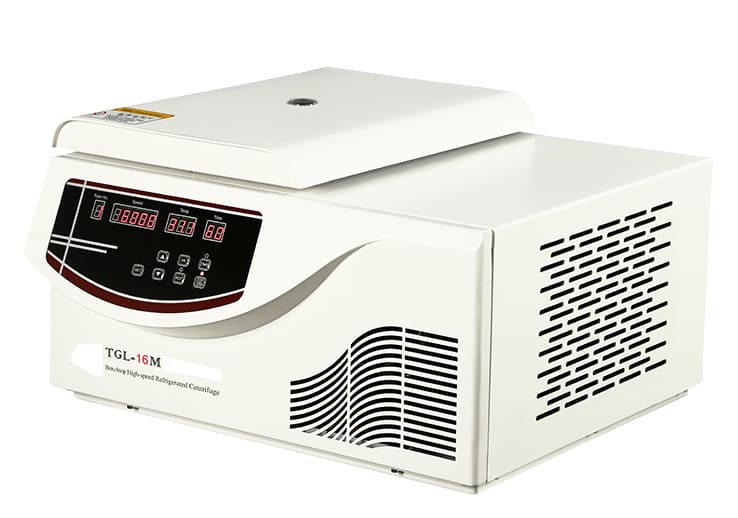
2. Benchtop High-Speed Refrigerated centrifuge TGL-18M/MC
This machine uses a dual-core processor to achieve the compatibility of high and low speed, size, and capacity and is the most advanced product developed according to the actual requirements of current international biological research. TGL18 has a variable frequency brushless motor, which is maintenance-free and provides high torque and fast lifting speed.
3. Benchtop High-Speed Refrigerated centrifuge TGL-20M/MC
It has a brushless frequency conversion motor, precise control by a microcomputer processor, large-screen LCD screen display, real-time display of all parameters of instrument operation, and real-time display of all parameters of instrument operation. It adopts a fluorine-free compressor unit and it is no environmental pollution and fast cooling.
4. Benchtop High-Speed Refrigerated centrifuge TGL-22M/MC
TGL-22M/MC is useful for routine application in biotechnology, PCR, life science and clinical labs, etc.

5. Benchtop High Speed Refrigerated Centrifuge TGL-24M/MC
TGL-24M/MC is useful for routine application in biotechnology, PCR, life science and clinical labs, etc.
How to choose a benchtop refrigerated centrifuge
The choice of a benchtop refrigerated centrifuge needs to consider multiple factors, such as usage needs, the size of the laboratory, and the budget for purchasing instruments, etc. Buying on demand can meet your own needs without wasting the functions of the centrifuge. At the same time, when purchasing a centrifuge, in addition to your own needs, you should also consider product performance, safety, stability, maintainability, etc. here are four tips:
1. Rotating speed
If the target speed is 10000rpm, it is recommended to purchase a benchtop refrigerated centrifuge with a maximum speed higher than 10000rpm.
2. Temperature
Some samples must be kept in a low-temperature environment without damage, and then a refrigerated centrifuge must be selected. The temperature of the refrigerated centrifuge varies with different brands. Drawell’s refrigerated centrifuge adopts a high-efficiency and environmentally friendly refrigeration system to ensure that the instrument can remain below 0°C at a high speed.
3. Rotor
The rotor has a fixed size, which is combined with the capacity of the centrifuge. It determines the type of rotor and the capacity of the centrifuge, so it is very important
4. Volume
Floor-standing, benchtop, and mini centrifuges are available depending on the size of the place, how much sample to process, and the target speed.


